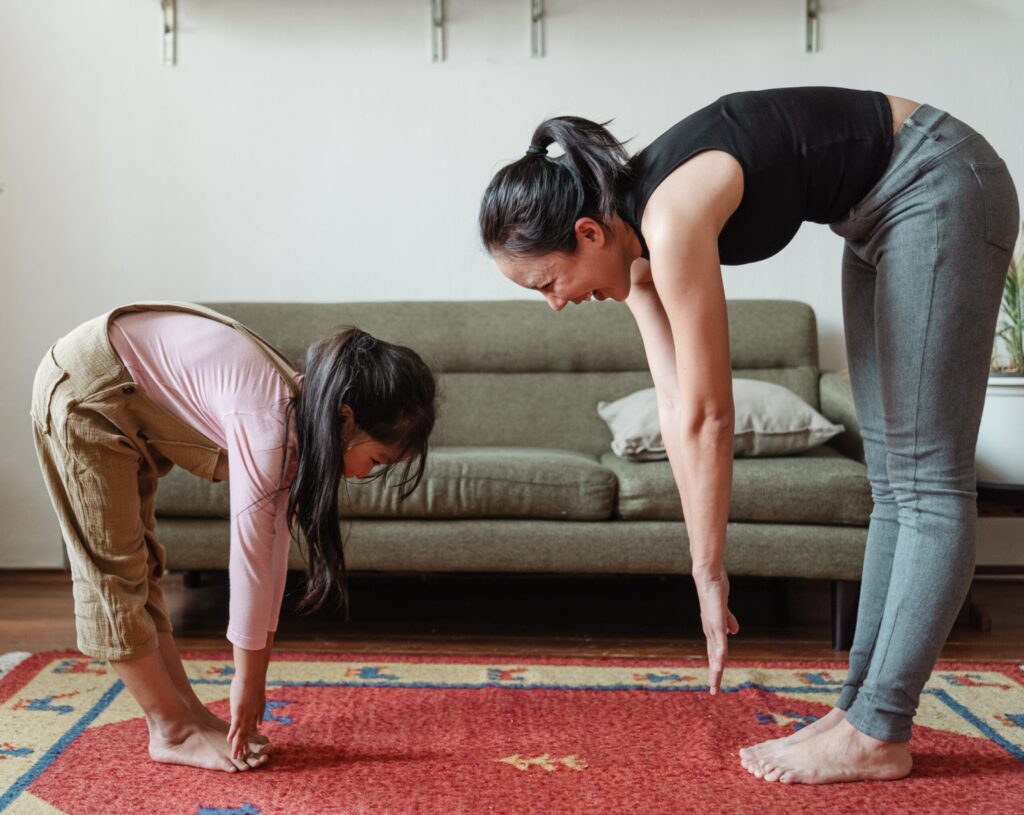Cancer treatment can be a physically and emotionally draining experience, but exercise can play a crucial role in helping patients feel better both physically and mentally.
Many cancer patients find that exercise is a helpful tool for managing the side effects of treatment, improving their overall health, and reducing stress and anxiety. Here’s why exercise is so important during cancer treatment, and a few different types of exercises that people can try
The Importance of Exercise During Cancer Treatment

- Improves Physical Health: Exercise can help improve physical health during cancer treatment by strengthening the body, increasing energy levels, and reducing fatigue. This is especially important for cancer patients who may be dealing with a number of physical symptoms, such as pain, nausea, and fatigue, as a result of their treatment.
- Boosts Mood and Reduces Stress: Exercise is a natural mood booster and can help reduce stress and anxiety. Studies have shown that physical activity releases endorphins, which are natural painkillers and mood elevators. This can be especially helpful for cancer patients who may be dealing with depression and anxiety during their treatment.
- Helps with Sleep: Regular exercise has been shown to improve sleep quality and help people fall asleep more easily. This is particularly important for cancer patients who may be dealing with insomnia as a result of their treatment.
- Increases Endurance: Exercise can help increase endurance, which is important for cancer patients who may be dealing with fatigue and a reduced level of physical activity as a result of their treatment.
What kinds of exercise can you try?

- Walking: Walking is a low-impact form of exercise that’s great for people undergoing cancer treatment. It’s easy to do, can be done anywhere, and doesn’t require any special equipment.
- Yoga: Yoga is a gentle form of exercise that can help improve flexibility, strength, and balance. It’s also great for reducing stress and improving overall mood.
- Swimming: Swimming is a low-impact form of exercise that’s great for people undergoing cancer treatment. It’s easy on the joints, and can help improve overall fitness.
- Tai Chi: Tai Chi is a gentle form of exercise that involves slow, flowing movements. It’s great for improving balance and coordination, and can also help reduce stress and anxiety.
- Resistance Training: Resistance training, such as weightlifting, can help improve strength and physical function. It’s important to talk to your doctor before starting a resistance training program, as some exercises may not be appropriate for people undergoing cancer treatment.
It’s important to note that everyone’s experience with cancer treatment is different, and what works for one person may not work for another. It’s important to talk to your doctor before starting any new exercise program to make sure it’s safe and appropriate for your specific situation.
Exercise is an important aspect of self-care during cancer treatment. Whether it’s through walking, yoga, swimming, Tai Chi, or resistance training, incorporating exercise into your routine can help improve physical and emotional well-being, boost your mood, and reduce stress. So, make sure to include exercise in your self-care plan during cancer treatment, and talk to your doctor about what types of exercise are best for you.





